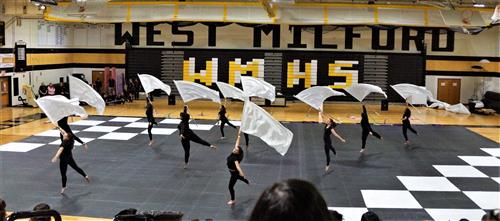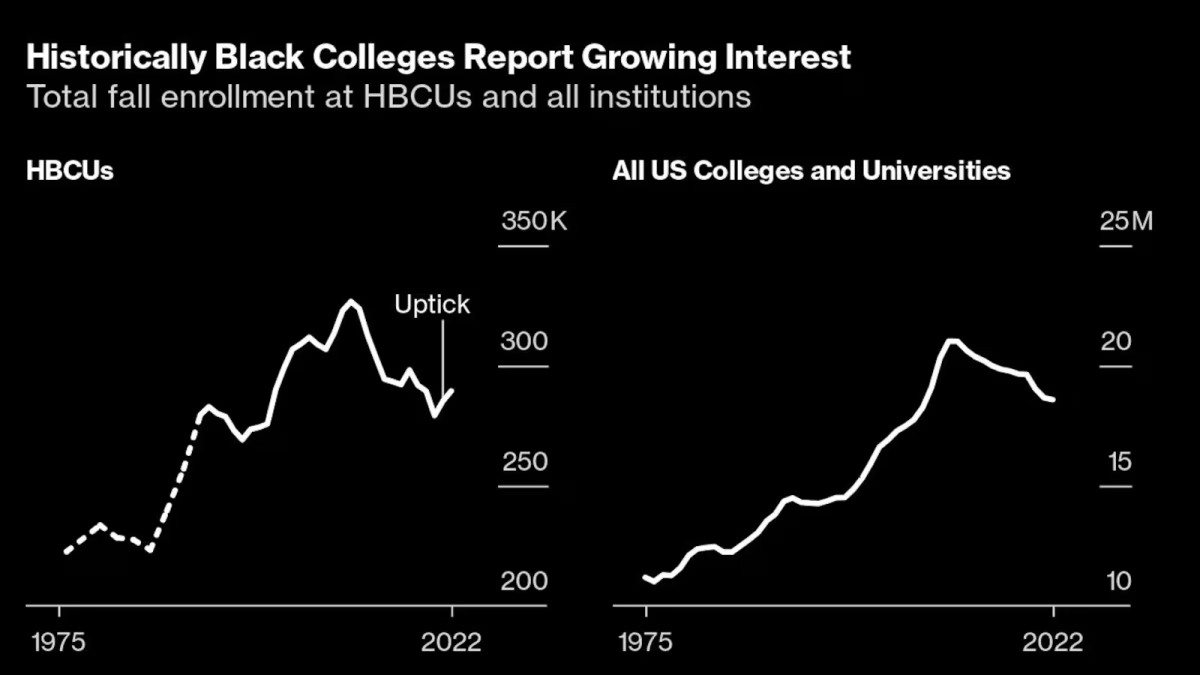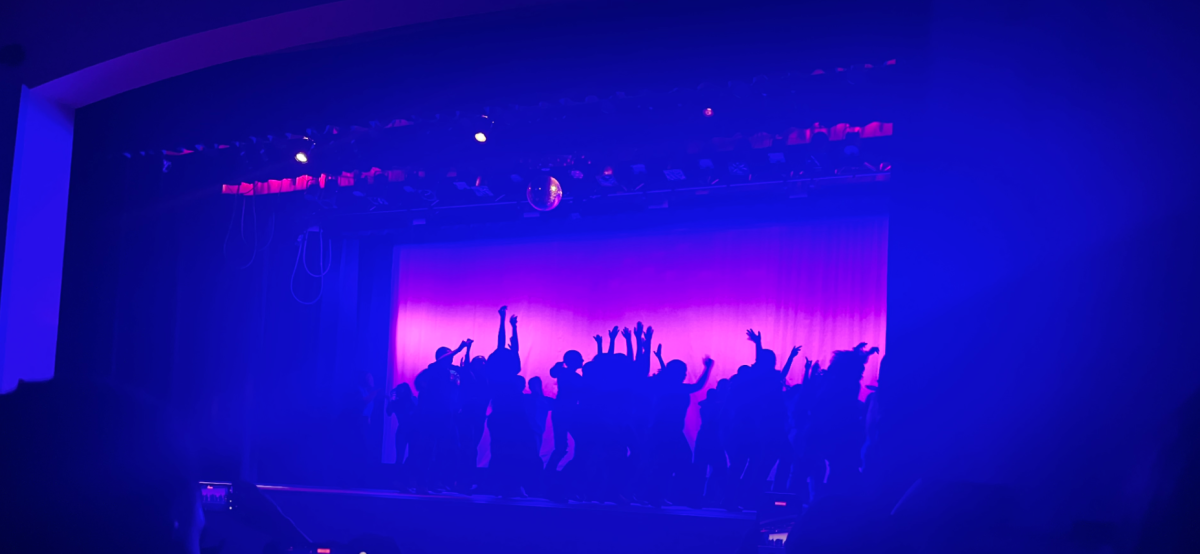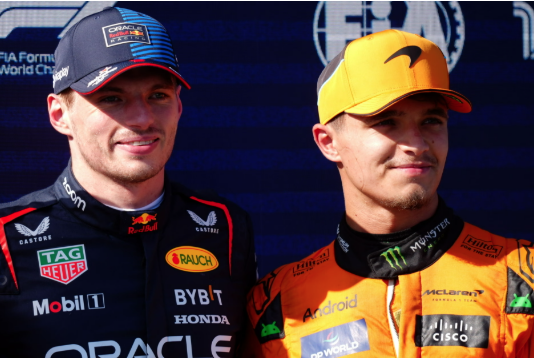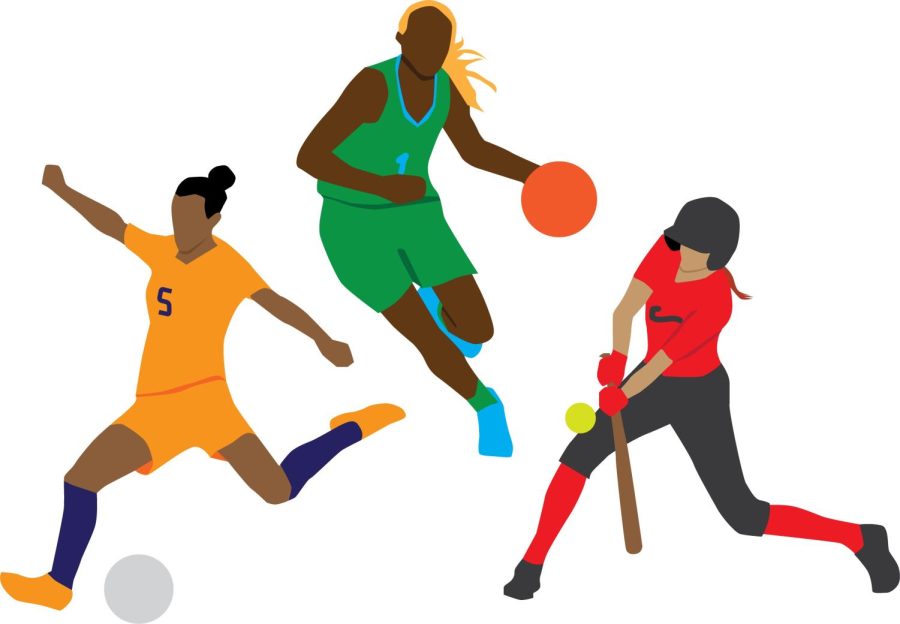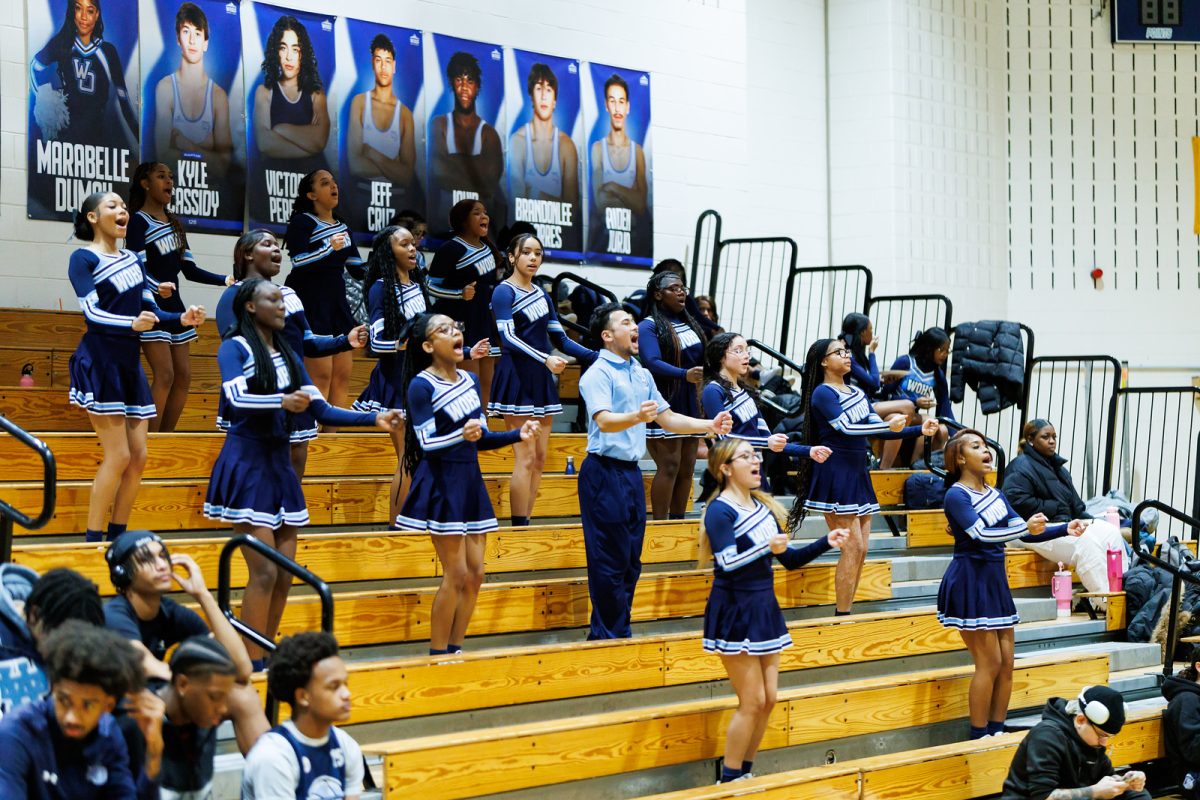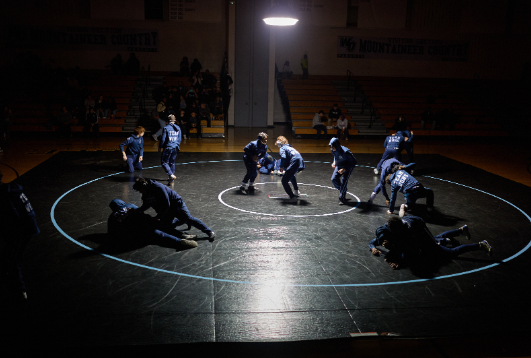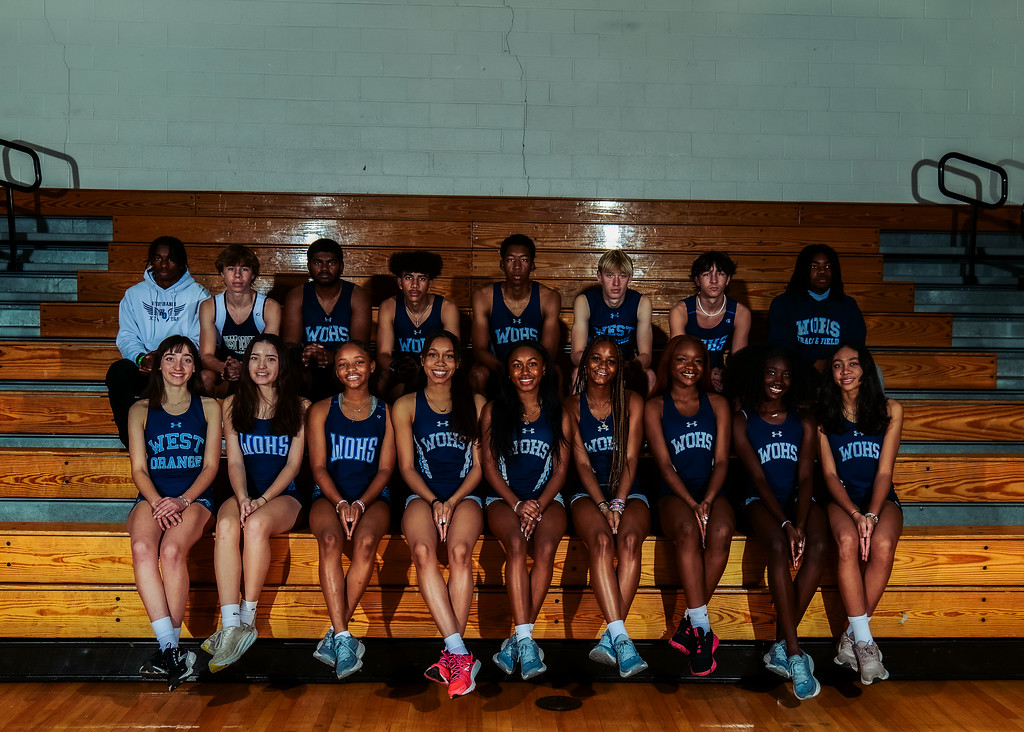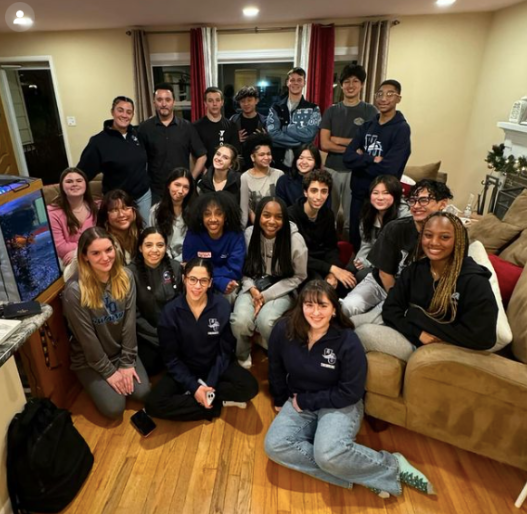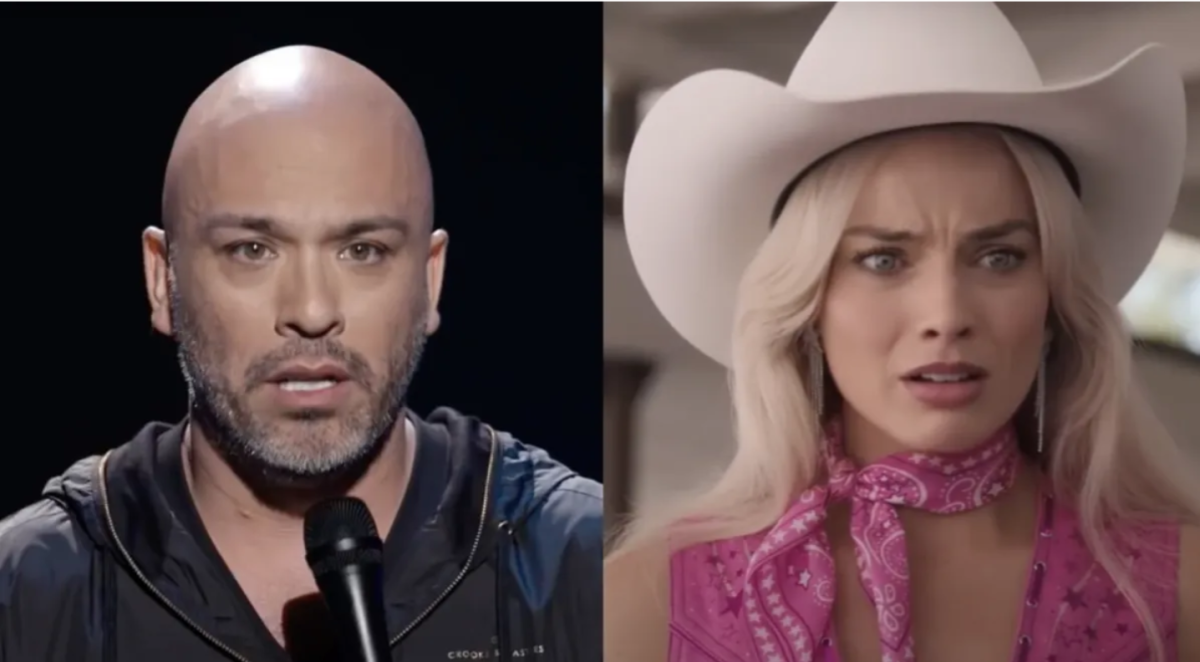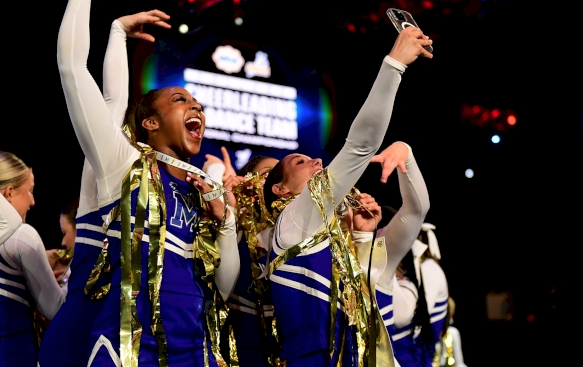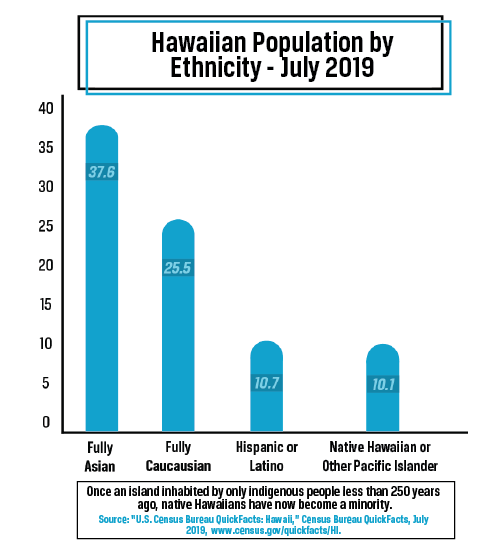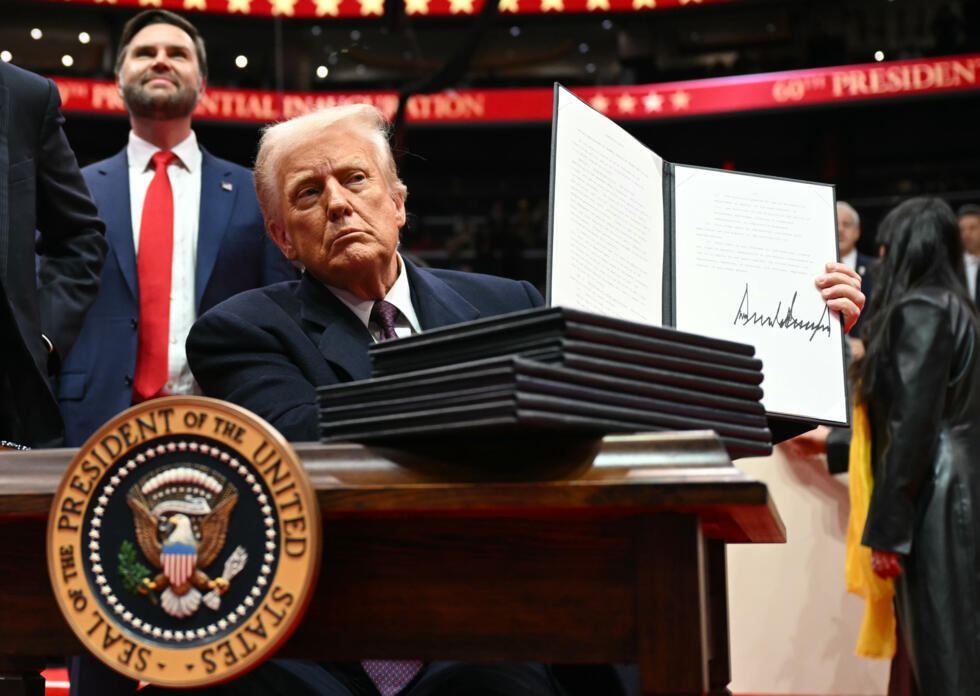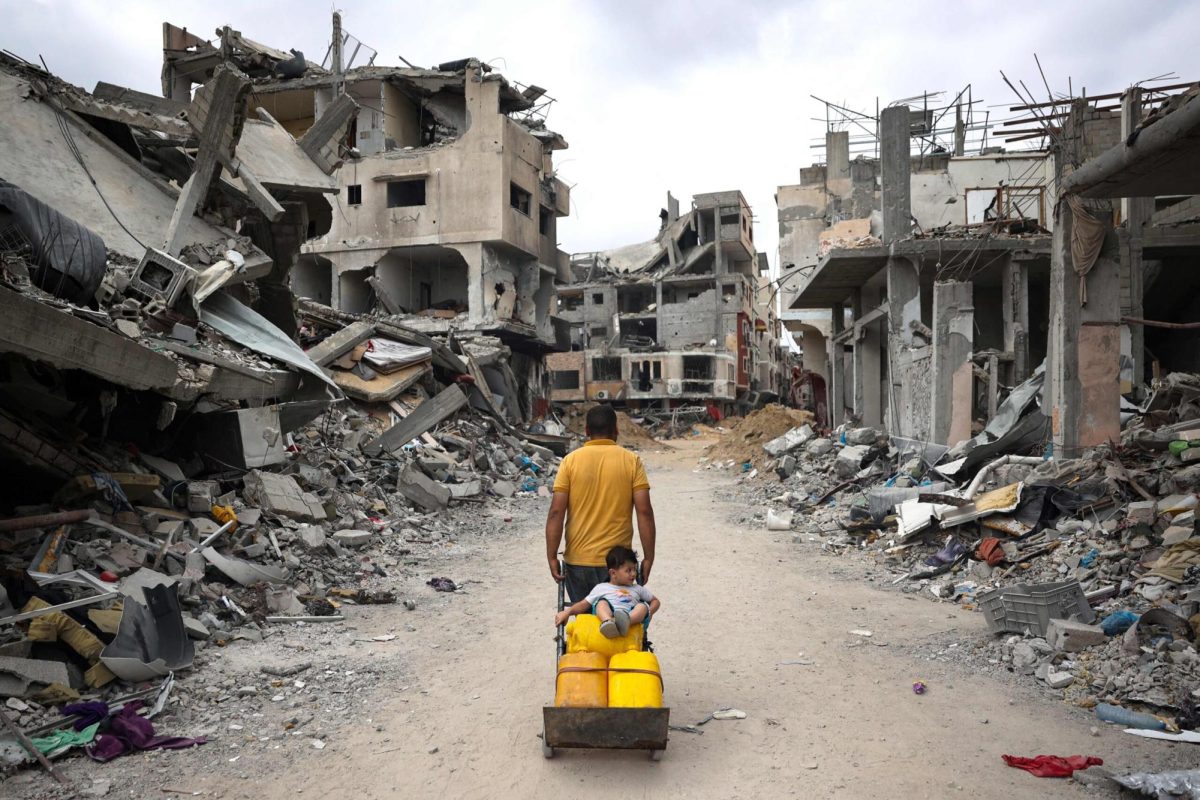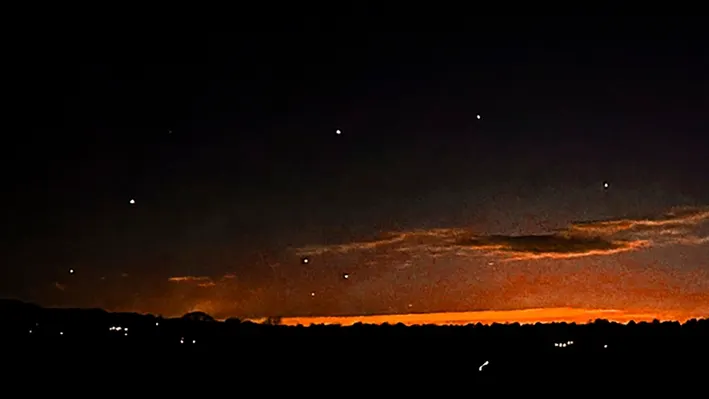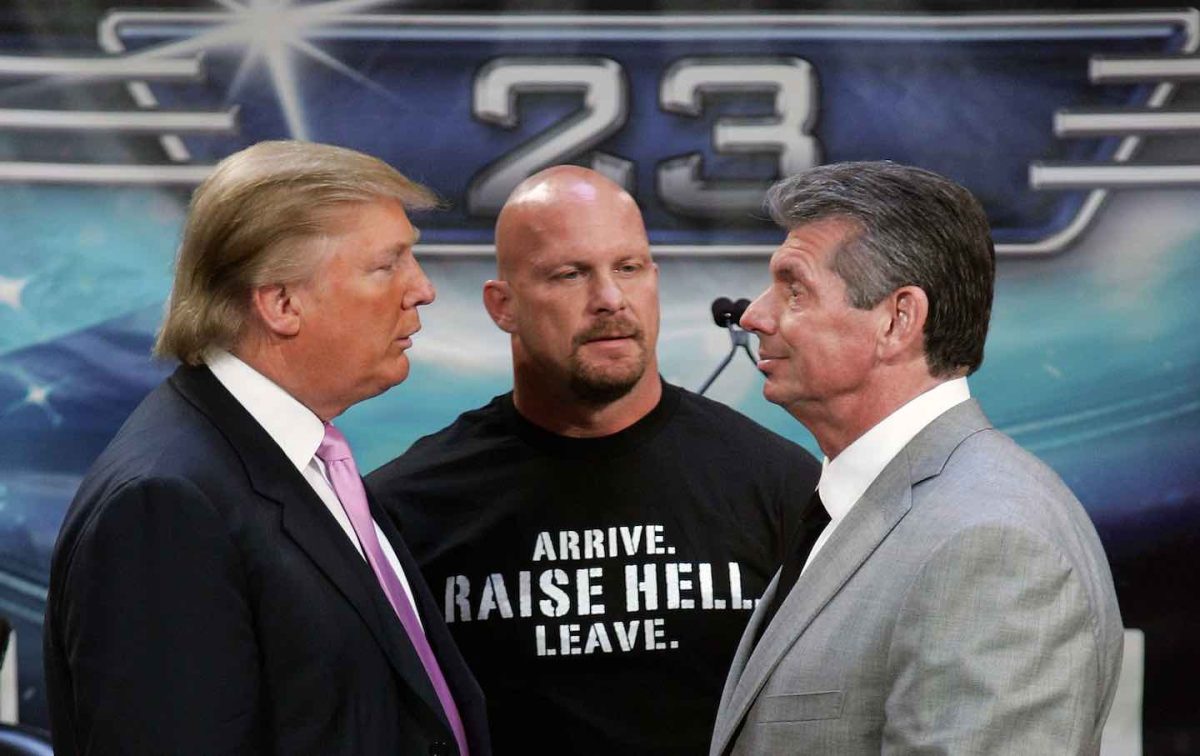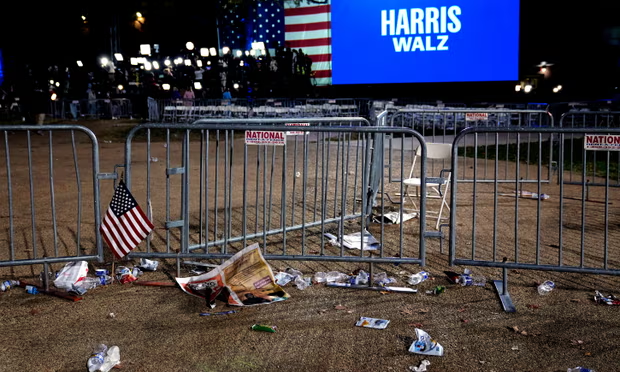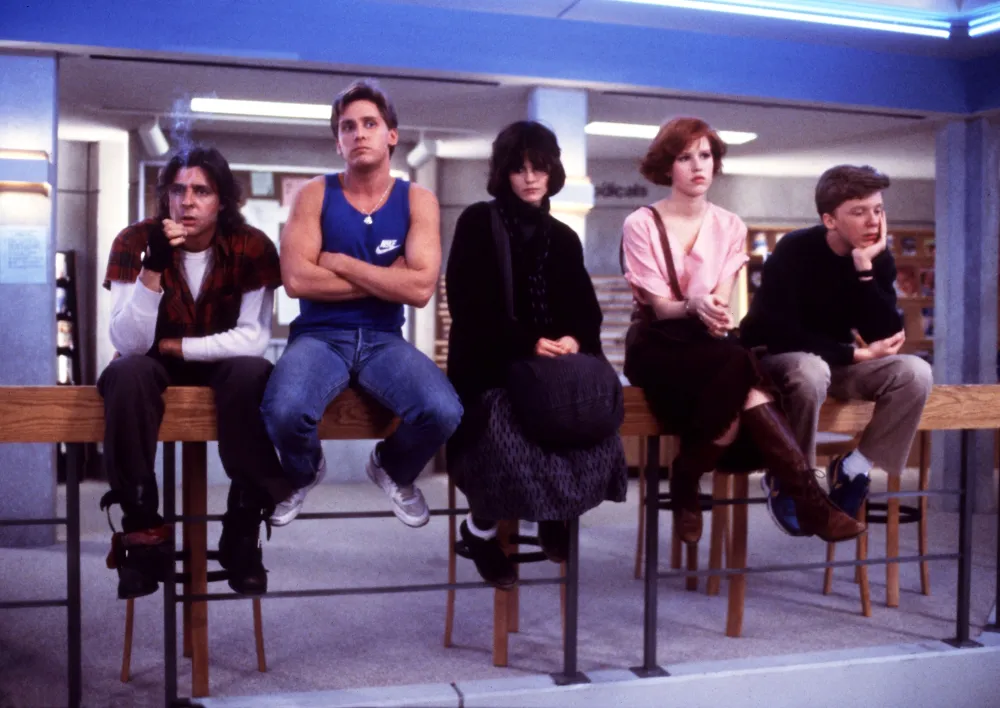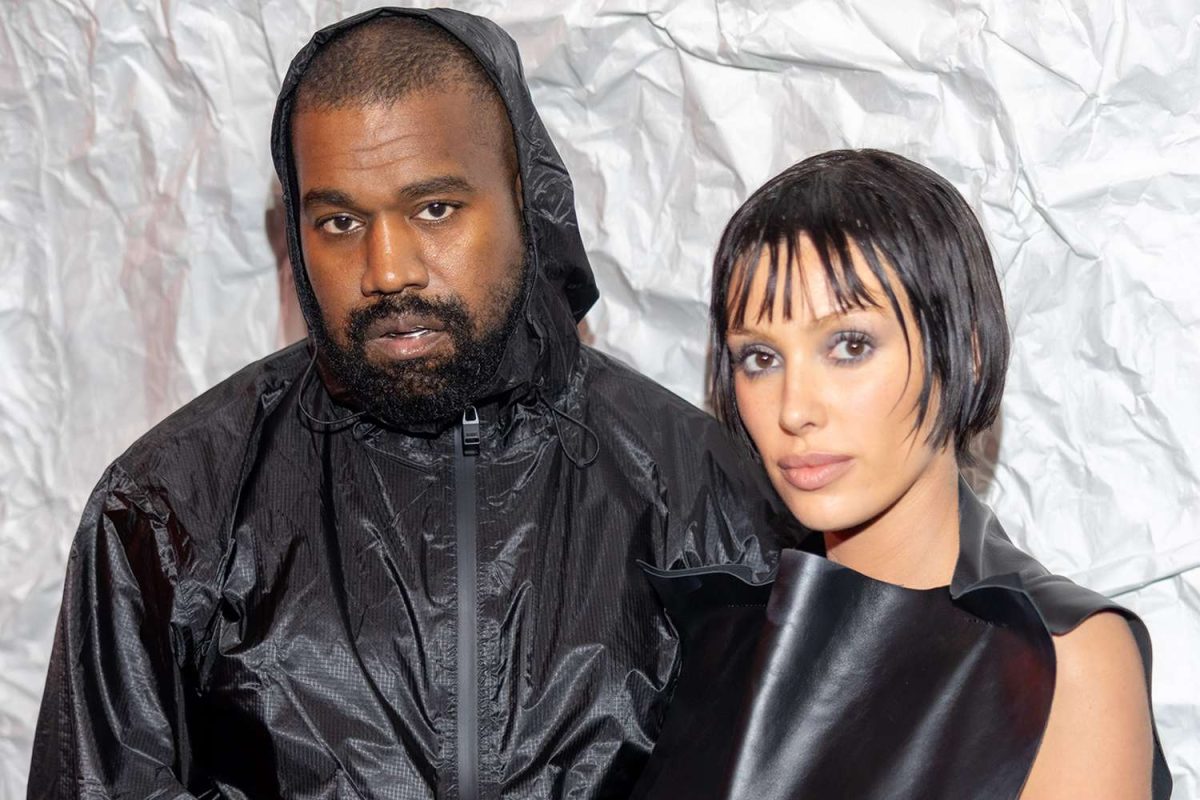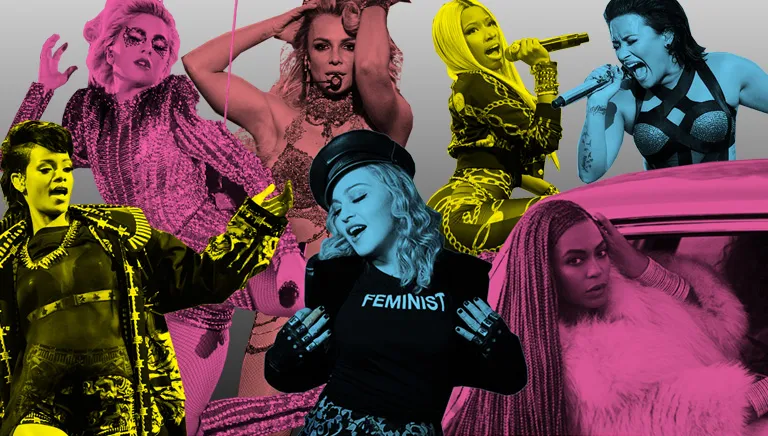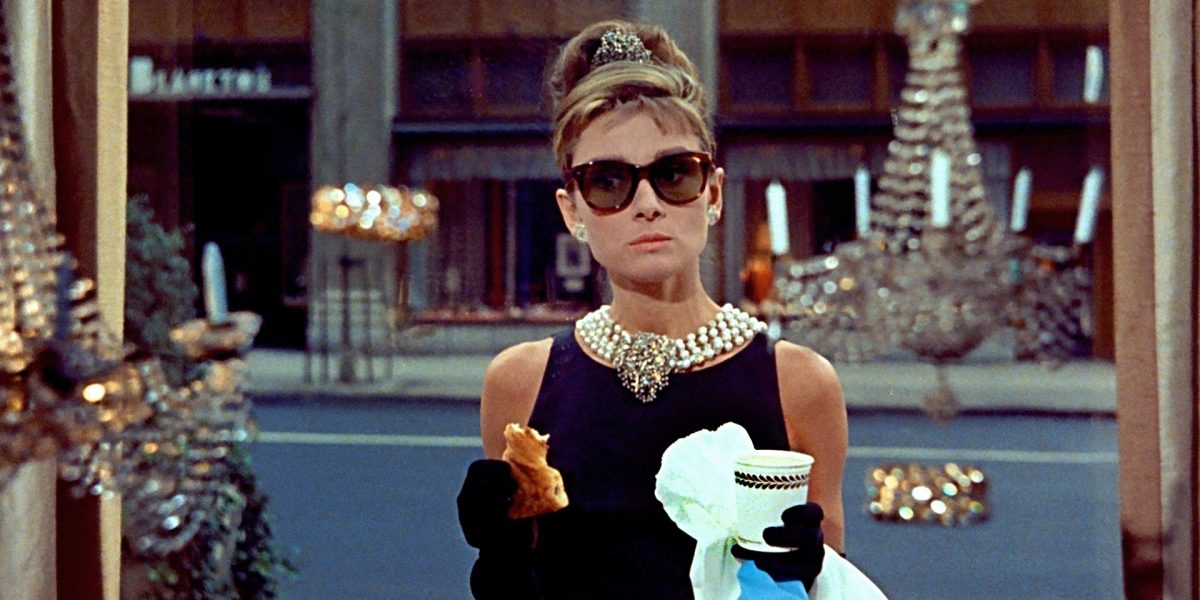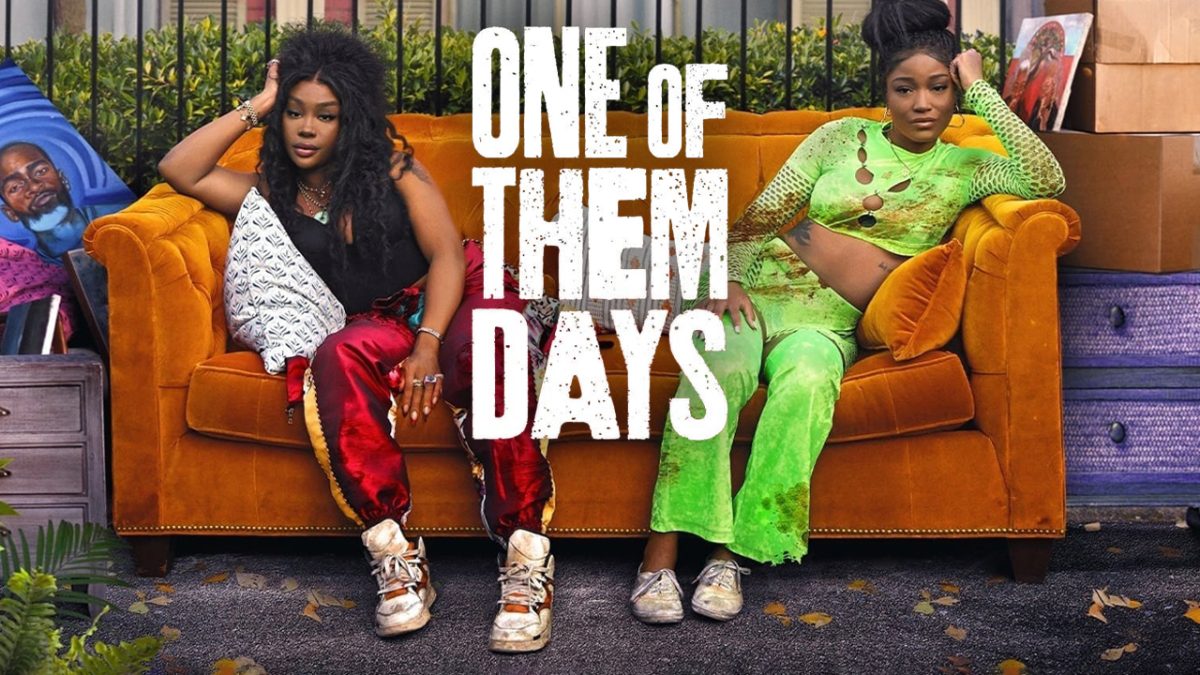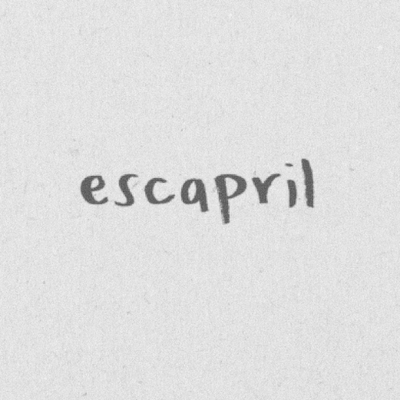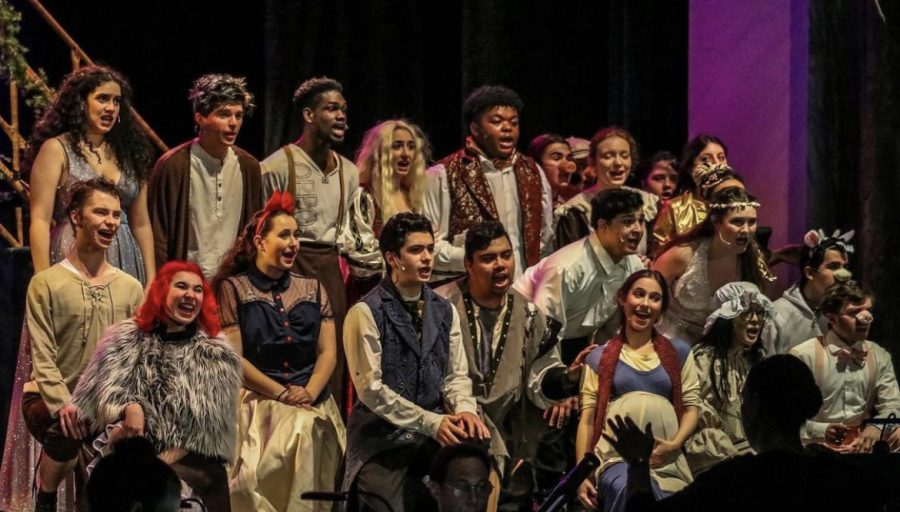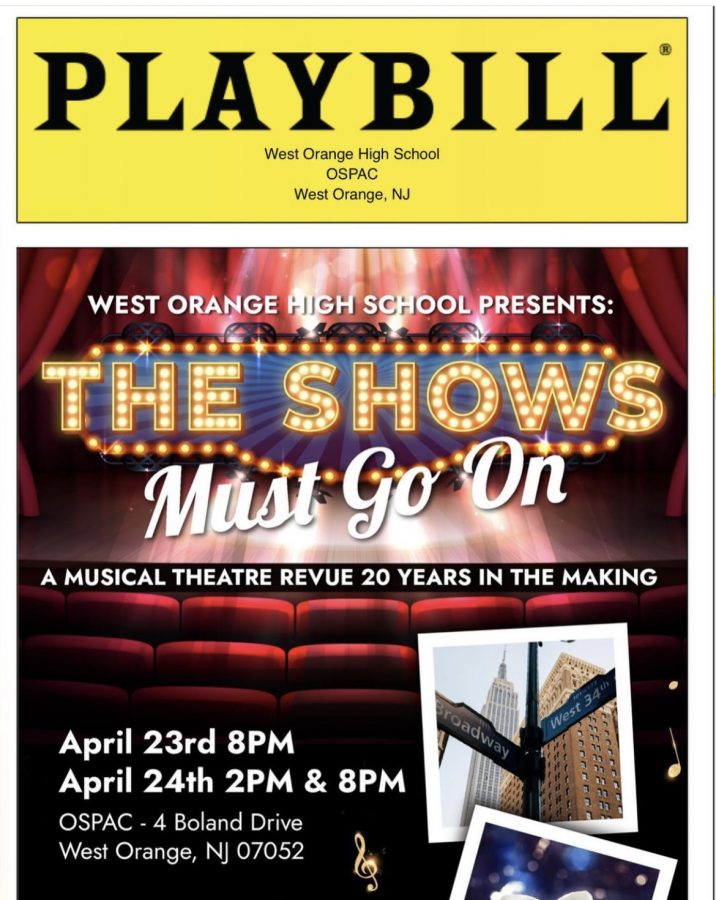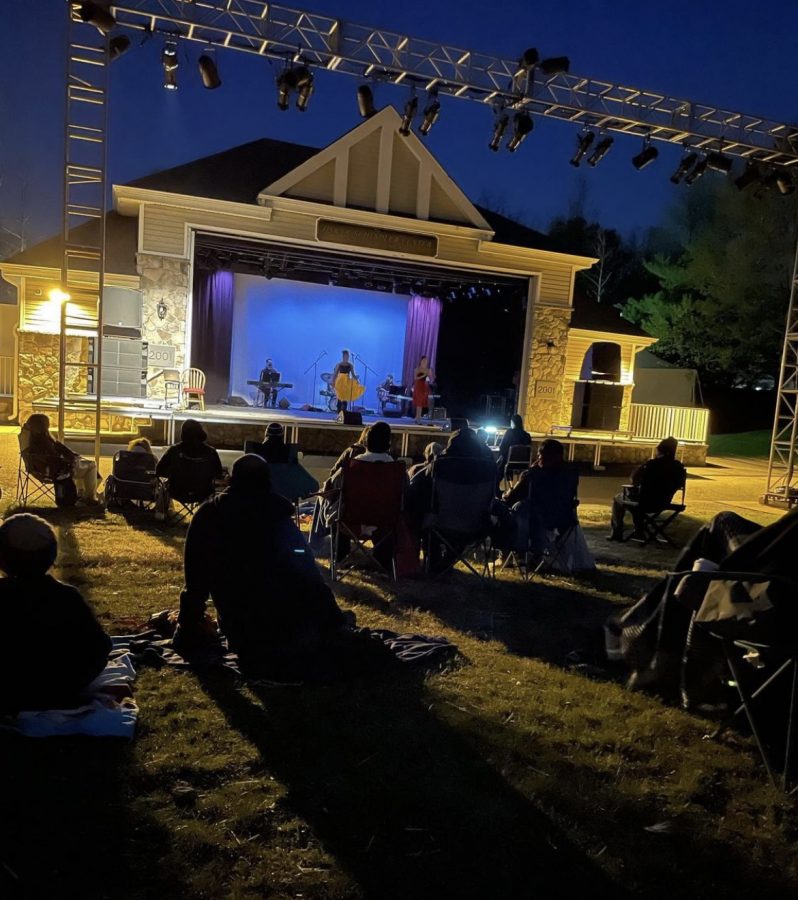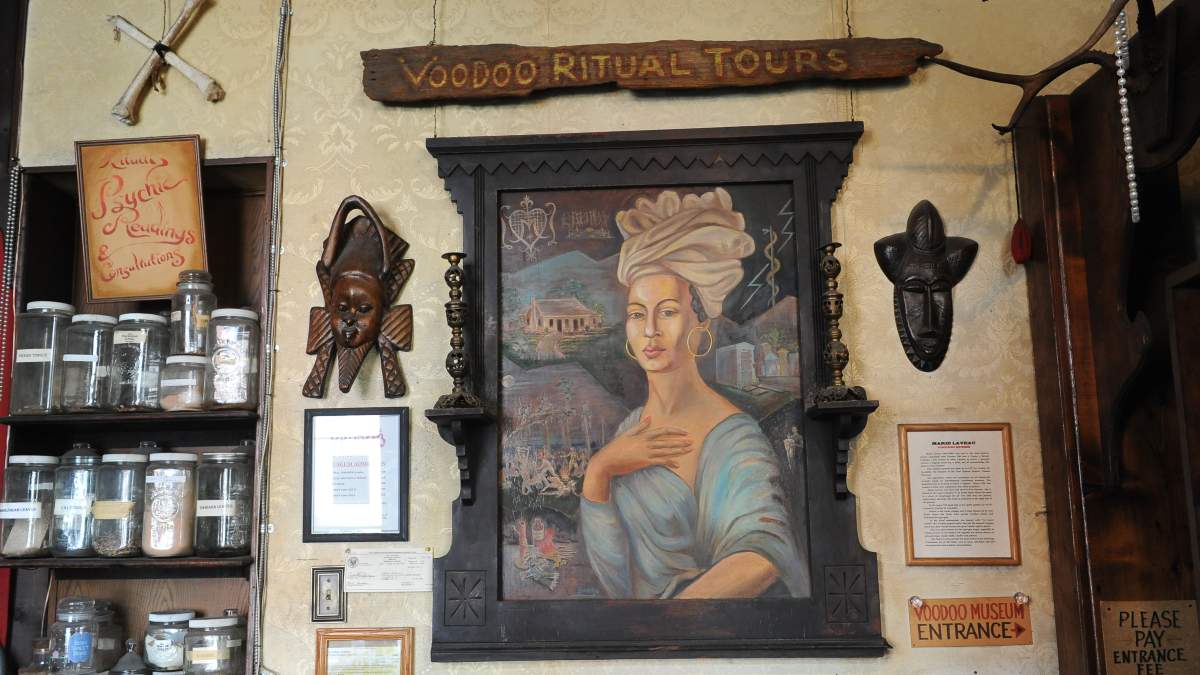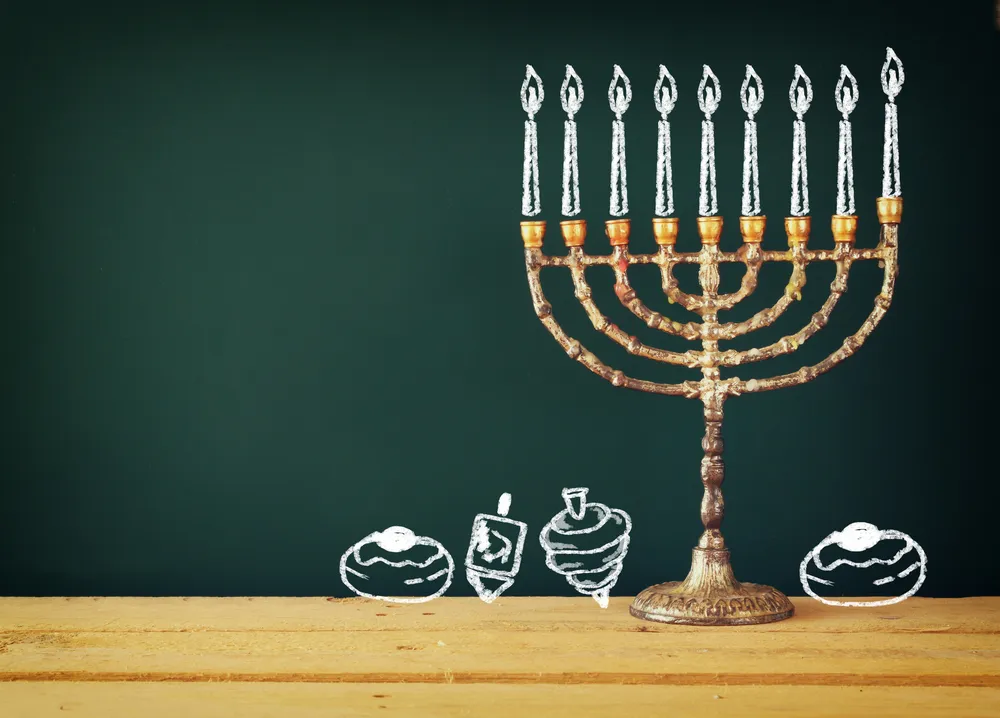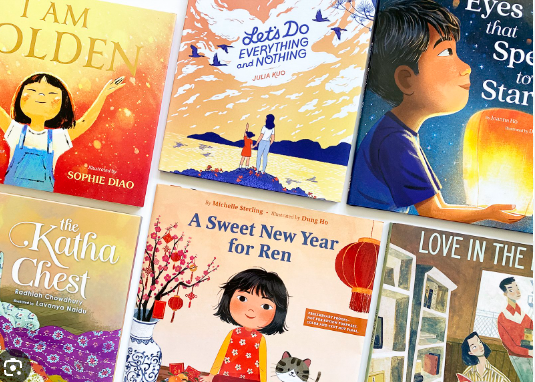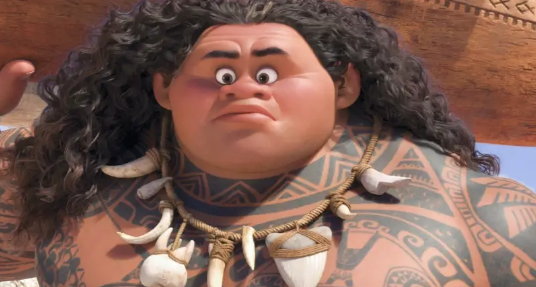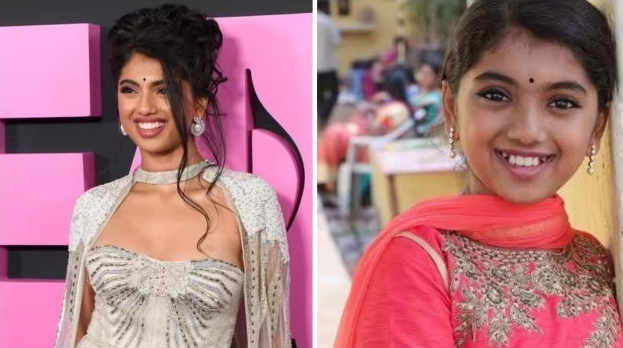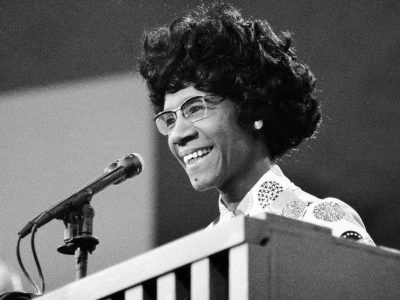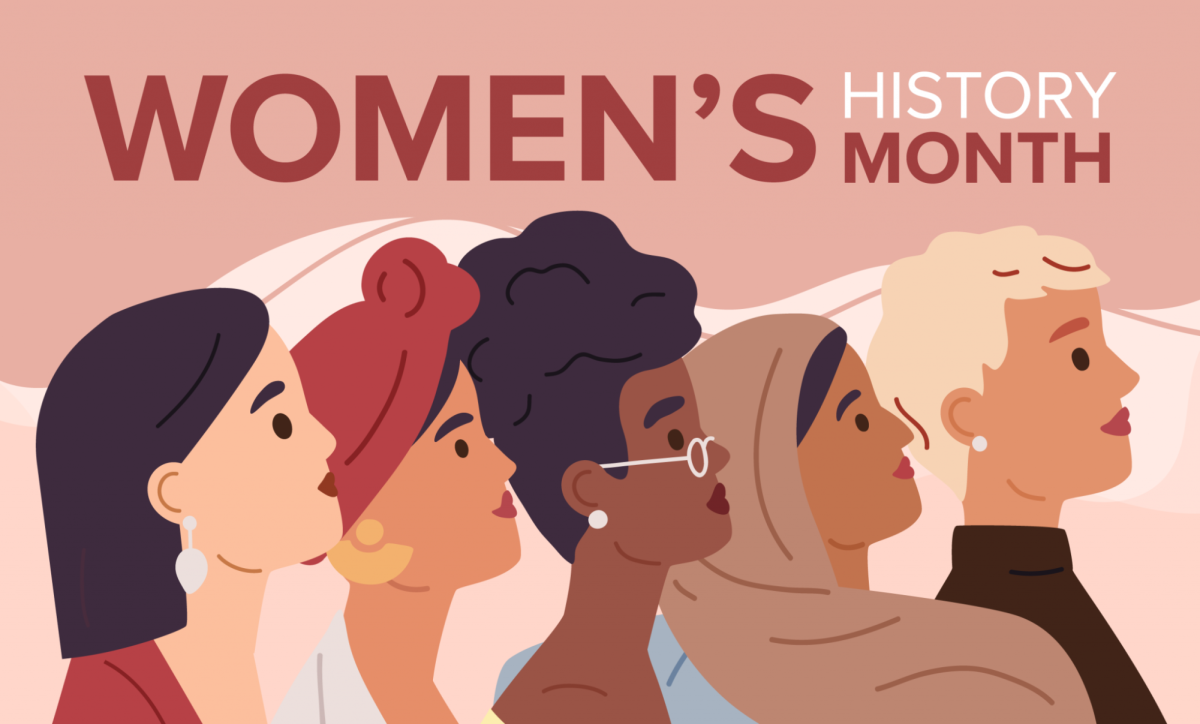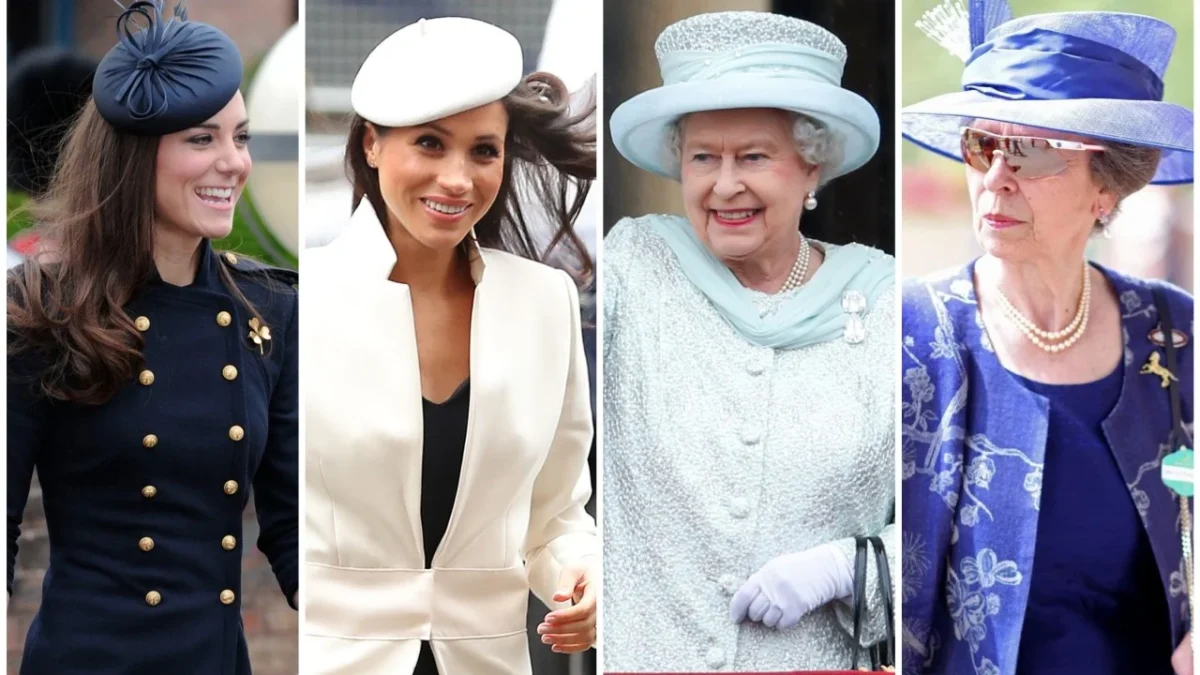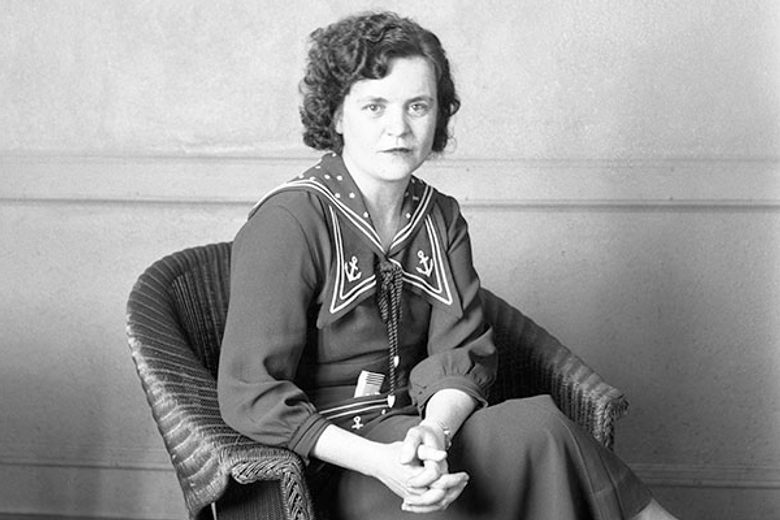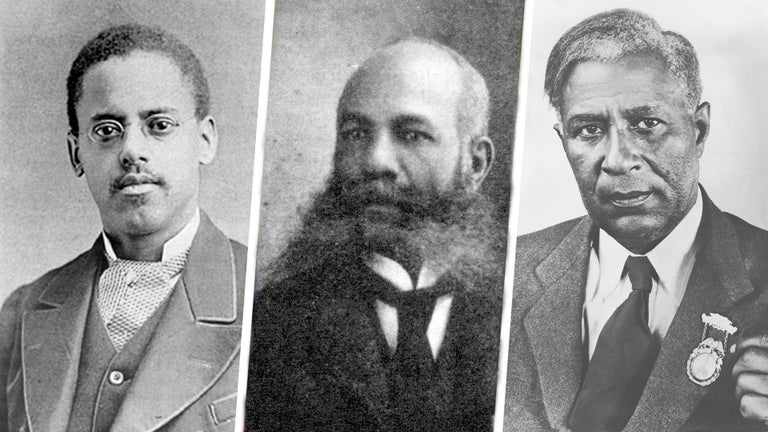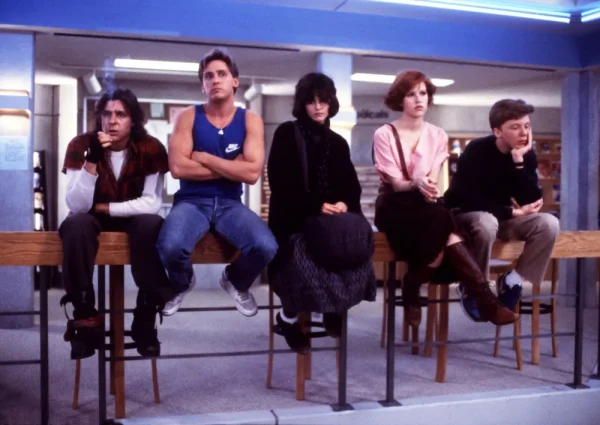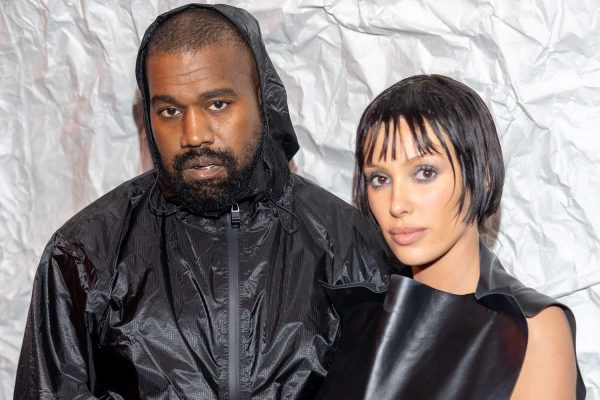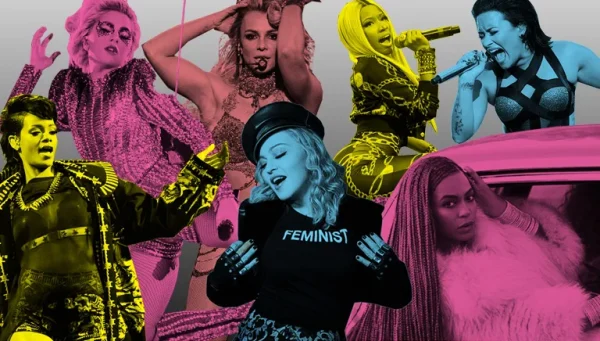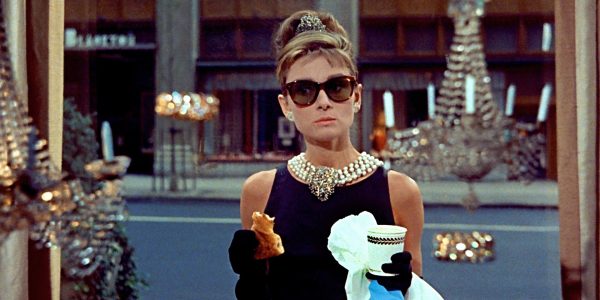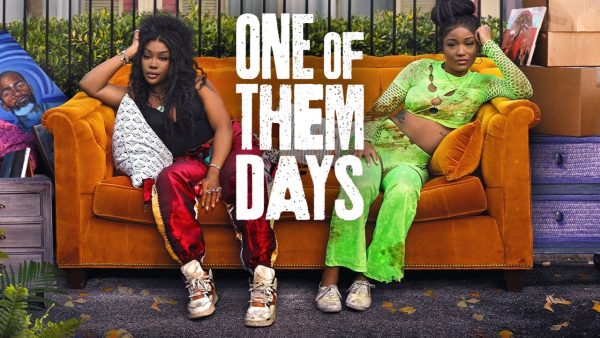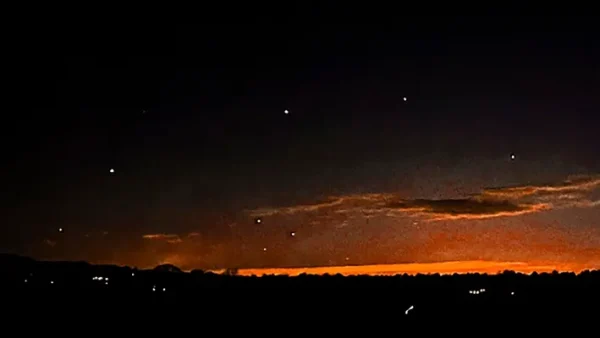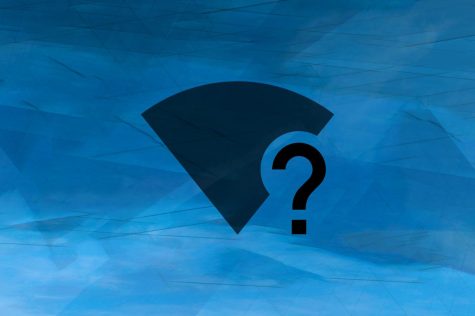Super Mario 3D All-Stars (From the Perspective of a Gen-Z’er)
What else can be said about Super Mario that hasn’t been said already? He’s the king of video game mascots, his global outreach can rival the likes of Mickey Mouse, Bugs Bunny, and SpongeBob SquarePants, and whenever a new game comes out, it annihilates every other game on the market. Now, more than ever, Nintendo is celebrating the 35th anniversary of everyone’s favorite plumber that doesn’t actually do any plumbing. While many of the all-year celebration events had to be cut (including an epic celebration at the 2020 Tokyo Olympics) due to COVID-19, they still came through with a Nintendo Direct in March that announced a bunch of new games and products for the Switch. These included the long-awaited port of Super Mario 3D World, Mario Kart Live: Home Circuit, which puts the action of the game inside your own house, and Super Mario 3D All-Stars, which is quite possibly the most anticipated game since the Switch’s release.
Super Mario 3D All-Stars (SM3DAS) is a grand collection of Mario’s greatest 3D platforming adventures, with Super Mario 64 for the Nintendo 64 from 1996, Super Mario Sunshine for the GameCube from 2002, and Super Mario Galaxy for the Wii from 2007, all making their way onto the Switch in this game. These games are beloved by all video game fans, but I’ve never played them. Look, these games were on consoles that I never owned (except for the Wii, but I only played Super Smash Bros. Brawl and WarioWare: Smooth Moves, so cut me some slack) but this collection is giving me, and many others in the same scenario, the chance to experience the magic for the first time, in a higher resolution and a larger aspect ratio. Do these games slap as hard as they did when they came out?
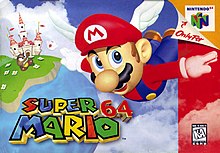
Super Mario 64 is the first 3D Mario game and the first game in SM3DAS. Many consider this game to be the cream of the crop, with “razor-sharp” control of Mario, fun levels, and intriguing gameplay. Does it still hold up in the eye of a Gen-Z’er? In short, no. Don’t get me wrong, it’s a fine game. But I don’t understand how so many people call this the “golden age” of Mario. You can’t call the earliest years of something “the golden age,” because there’s nothing else to compare it to. This logic can apply to something that’s been around longer than Mario like Saturday Night Live (SNL). You can’t call the first season of SNL the best one because they needed time to adapt and make everything better, just like Nintendo. Needless to say, the game is pretty good. Mario must rescue Princess Peach, who is being trapped inside the castle walls by Lord Bowser. Mario must jump into the painting hidden throughout the castle to collect stars and fight Bowser. The game has a very simple premise, but sometimes, levels can be extremely difficult for first-time players to understand, especially when one of them has a legit map because of how much is packed into the level. Other levels can be easy to figure out, but can be frustratingly hard and can often lead to rage quits (I know this from experience). 64 is straightforward from start to finish with no real post-game content, but a staple of platforming that all gamers should try at least once.
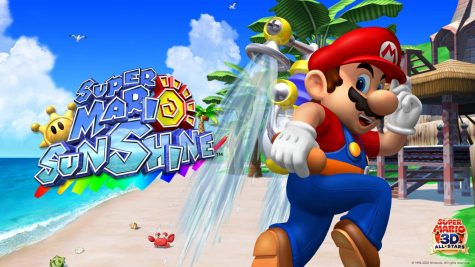
The next game I played was Super Mario Sunshine. This is the only game in the collection that I didn’t finish. Why? Because it’s unnecessarily hard. Mario and the rest of the Mushroom Kingdom inhabitants decide to take a vacation on the tropical Isle Delfino. However, Mario is framed for polluting the island as soon as he enters it. He realized something fishy was going on, and as punishment, he must clean the entire island with a mechanical talking water hose named F.L.U.D.D. to collect Shine Sprites and return the island to its former glory. If you’ve played any of the modern 3D Mario games like I have, you’re going to have a bad time. I didn’t even finish this game — which I don’t normally like doing — but the difficulty of certain levels makes it impossible to continue the rest of the game. Unlike 64, you have to complete the levels of each area in order, so if you don’t like a certain level, you’ll have to complete it anyways, which can be unbearably frustrating. On top of that, F.L.U.D.D. makes controlling Mario a nightmare. I don’t know if controls were easier on the GameCube, but on the Switch, it’s virtually impossible. I recommend skipping this game and coming back to it if you really want to finish it, but I probably won’t.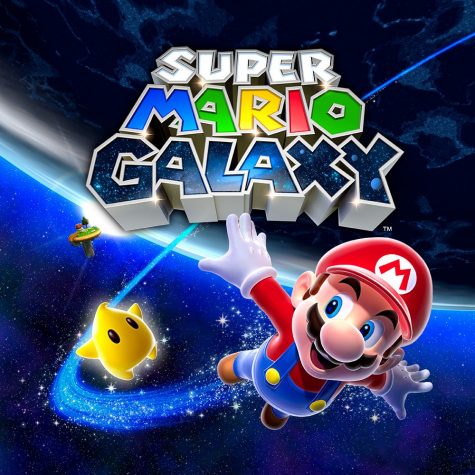
Now we get to the meat and potatoes. Super Mario Galaxy is the game I was the most excited about to play on SM3DAS, mainly because many have claimed it to be the greatest 3D platform of all time. I just might have to agree. The story is the most enriching and lore-filled game in the Mario franchise. Princess Peach’s castle is abducted by Bowser’s army and taken into space, where Bowser is creating a galaxy in the center of the universe. Mario teams up with a space goddess named Rosalina and her army of sentient stars called Lumas to travel the cosmos to take Bowser down. The game is supposed to be played with motion controls like it was on the Wii, but it can be played with a Pro Controller with ease. Each new galaxy is teeming with beautiful geography, fun quests, and the best music in ANY Mario game, period. This was my favorite game in the collection and you better believe that I’m collecting the rest of the stars so I can play as Luigi.
SM3DAS is a medley of amazing ideas after amazing ideas. It’s wonderful to see Nintendo evolve with each new game and bring each generation a game that sticks with them for the rest of their lives. And now, they can cherish almost every mainline Mario game at home and on the go thanks to the Switch. While some aspects of the collections aren’t that solid, old and new fans alike will marvel at all of the good things it has to offer.
Grades:
64: B
Sunshine: D-
Galaxy: A+
SM3DAS: B+

